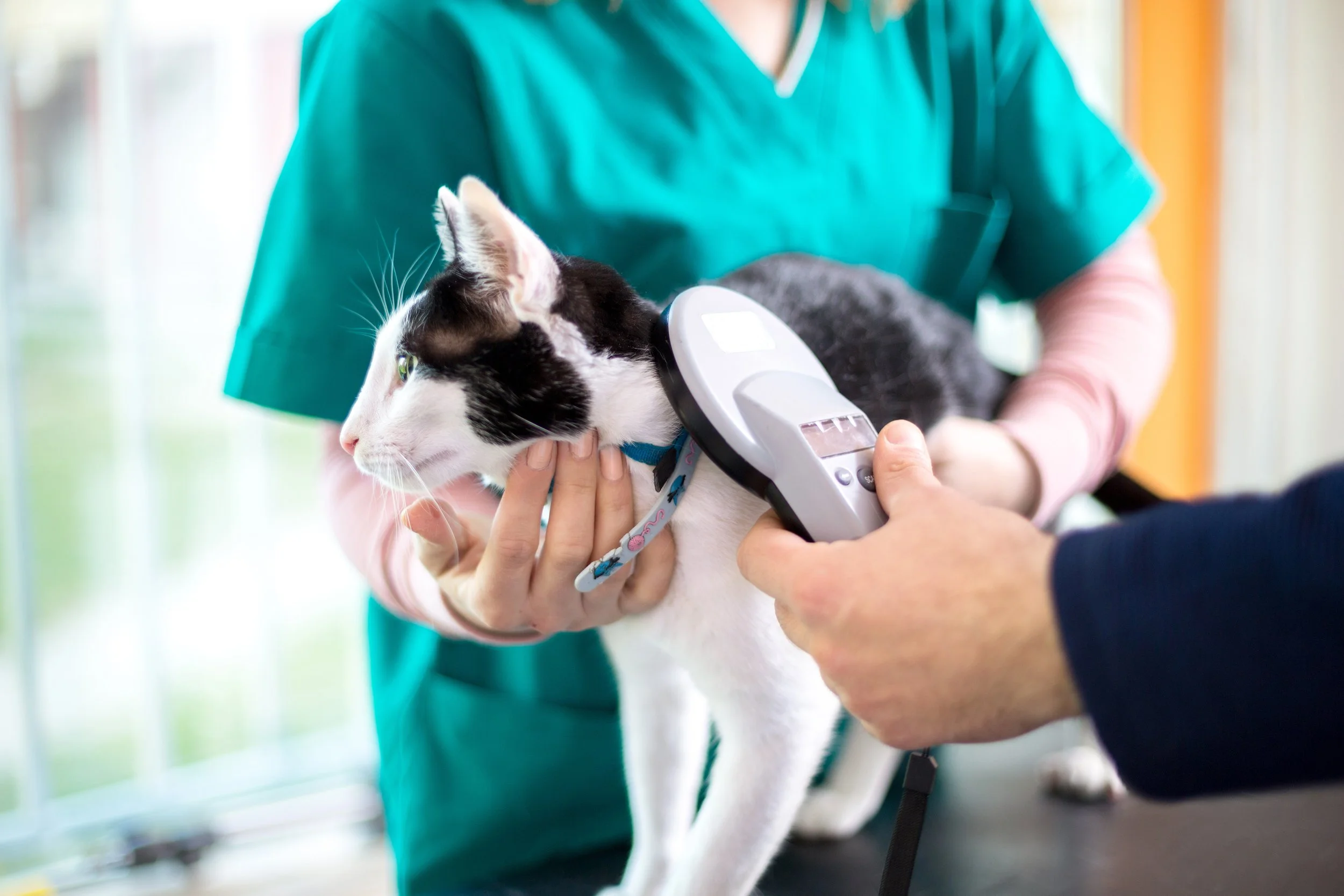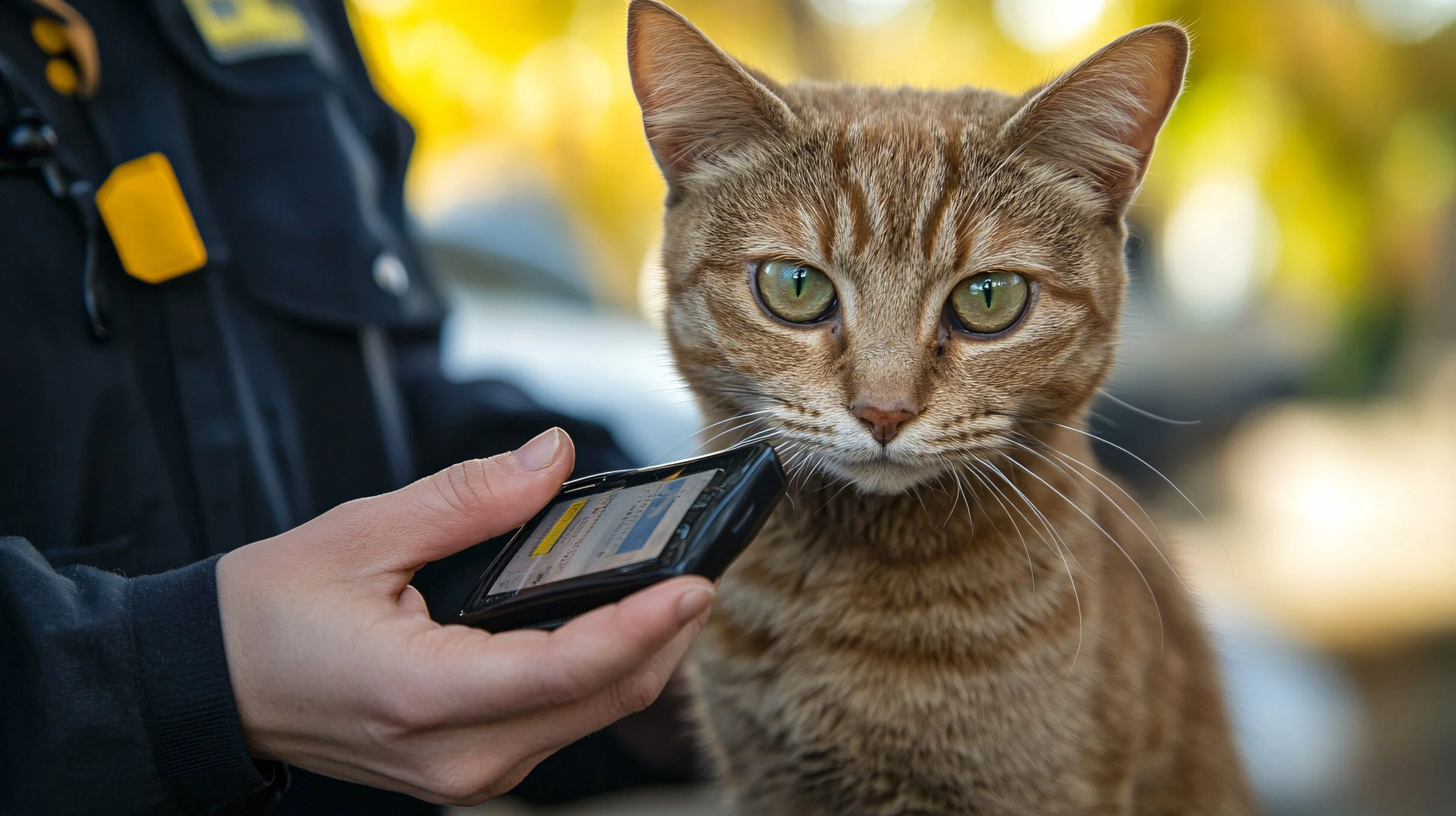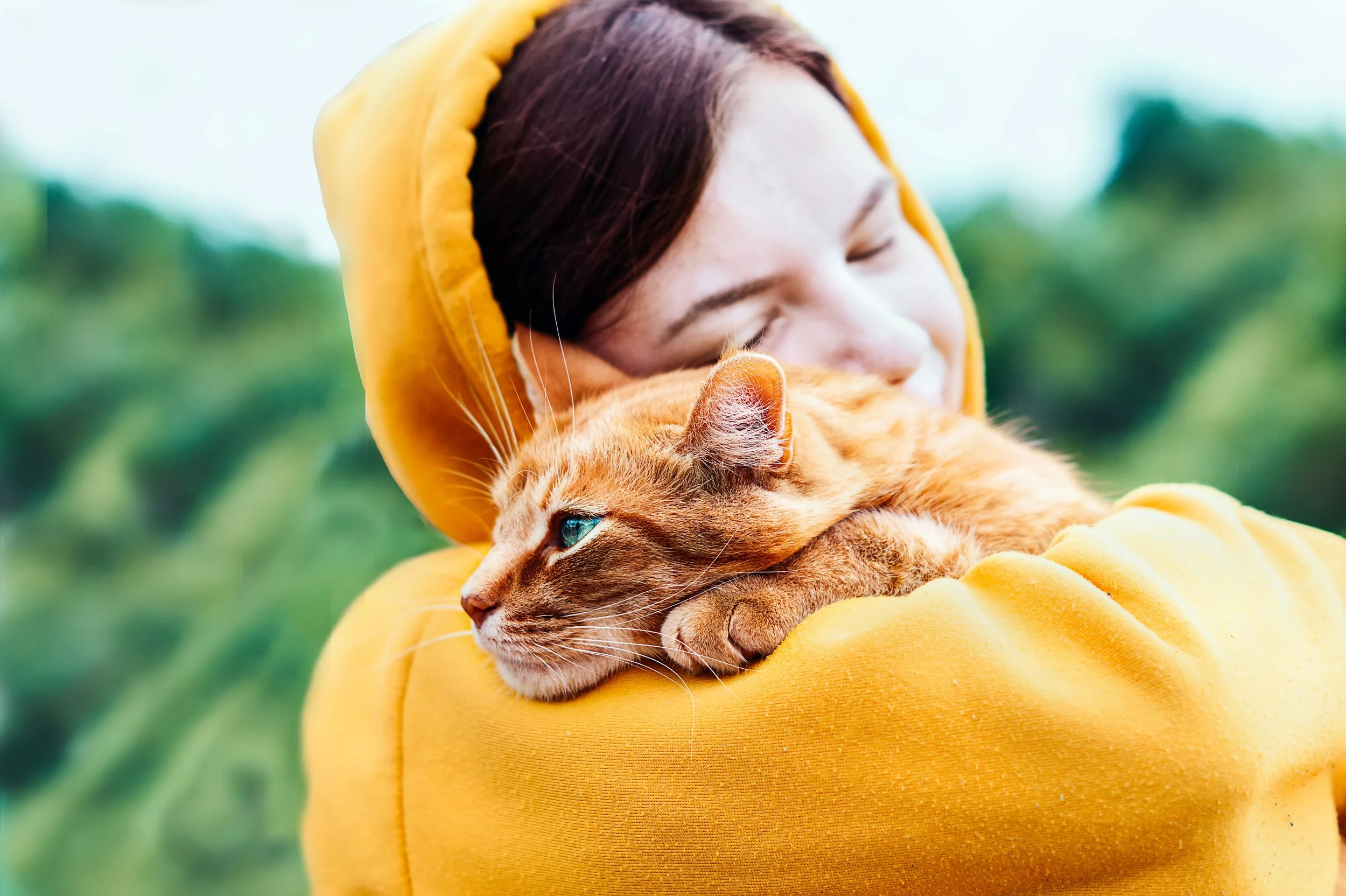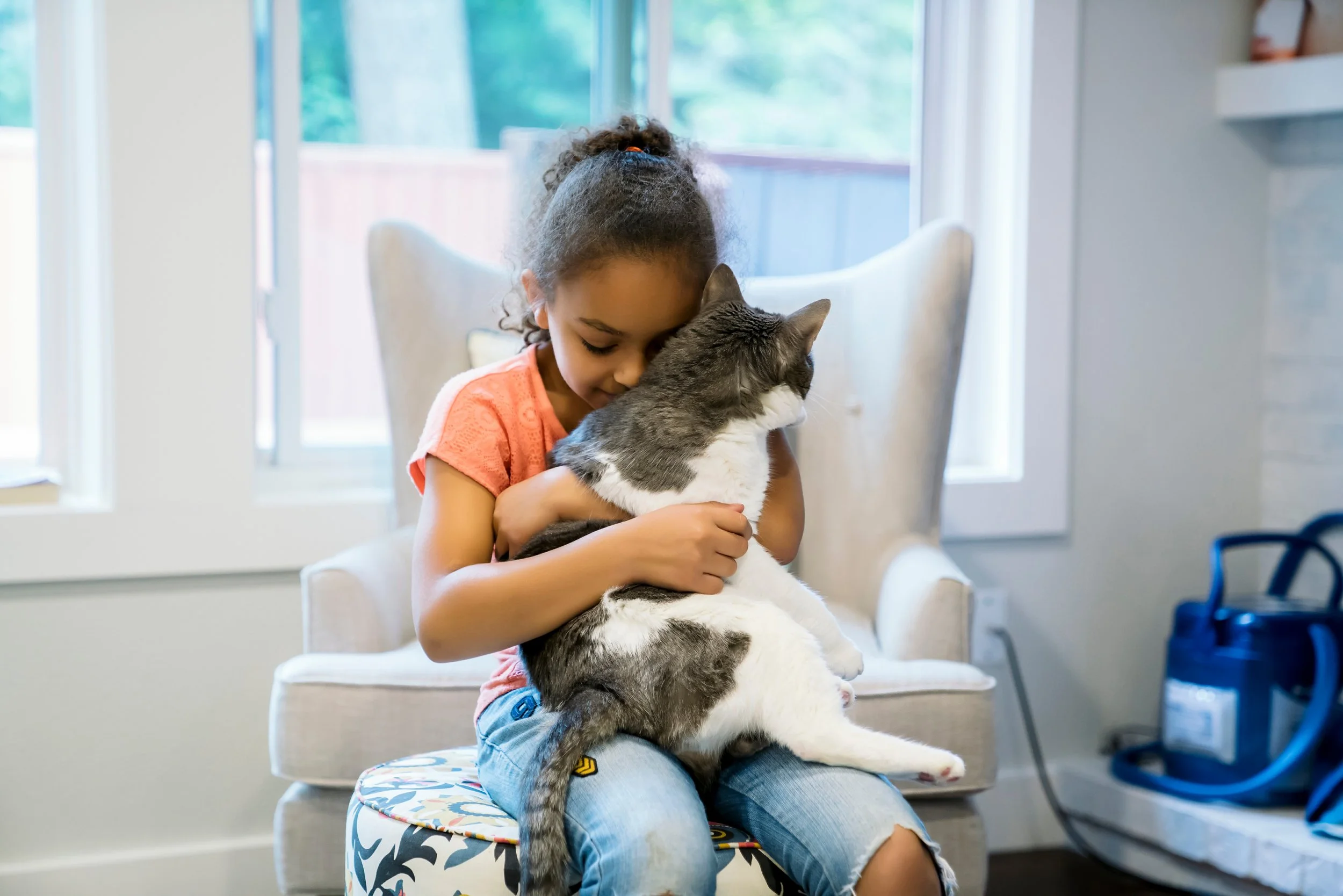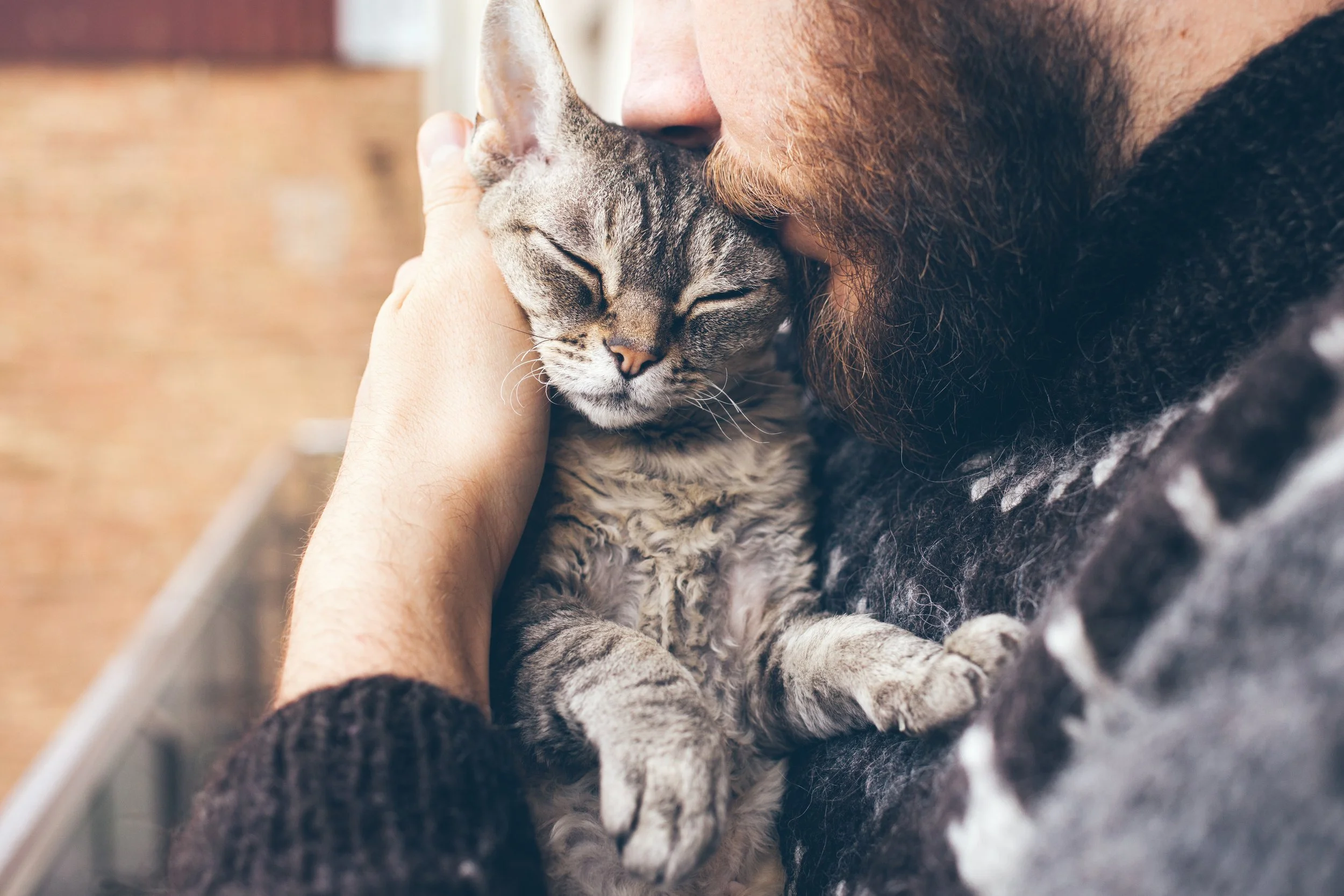Tiny Tech, Huge Impact: Discover Why Every Pet Needs a Chip Today!
Let's talk about a cat named Elwood. I have followed him on Instagram for some time now. He is not just any cat. Elwood is a 14-year-old tabby with a job title: Security Cat at Epworth Hospital in Richmond, Australia. I have featured him on my Instagram account, specifically in the 'Cats With Jobs' posts. Since 2018, he has been keeping a watchful eye on staff, patients, and visitors, patrolling the hospital grounds with a sweet purr-sonality.
Elwood the Security Cat outside of Epworth Hospital.
But in June 2025, Elwood vanished.
For nearly a week, Elwood's disappearance had everyone on high alert. Posters went up. Social media posts spread like wildfire. Even local radio jumped in. The twist? Elwood had been catnapped and sold online, misidentified as a young female cat. It sounds like the plot of a feline crime drama. But thanks to one tiny piece of technology, this story had a happy ending. When Elwood was brought to a vet for a routine checkup, a quick microchip scan revealed the truth: this wasn't a new pet—it was Elwood. The beloved hospital cat. The local legend. The working professional with a badge. Within hours, Elwood was reunited with his rightful owners, curled up at home, and was back at work soon after, with a new ID tag and a GPS tracker.
Microchip your pets.
What Is a Microchip Anyway?
A microchip is a tiny device—about the size of a grain of rice—that's inserted just under your pet's skin. It's completely safe and causes no more than slight discomfort. Each chip contains a unique ID number linked to your contact info in a pet registry. When scanned by a vet or shelter, it instantly connects your pet to you. It's not a GPS tracker, but it's a lifelong, tamper-proof ID—a backup plan when collars or tags go missing.
Why Every Pet Should Be Microchipped
1. It's Permanent
Tags can fall off. Collars can break. But microchips? They're in it for the long haul—silent and secure under the skin.
2. Lost Pets Come Home Faster
According to the AVMA, microchipped dogs are more than twice as likely to be returned to their owners. Cats? More than 20 times.Translation: the odds are way better with a chip.
3. Proof of Ownership
If there's ever a dispute, a registered chip is your legal proof that your pet belongs to you. Just look at Elwood.
4. Vets & Shelters Check for Chips
Many clinics and animal shelters automatically scan for microchips when a pet is found. That quick beep could mean a joyful reunion.
5. It's a Must for Travel
If you're traveling with your pet across borders, a microchip is often required. They're your pet's passport to adventures abroad.
6. Peace of Mind
Whether your cat slips out the door or your dog gets spooked by fireworks, microchipping adds a layer of security no collar can match.
An animal control worker scanning a stray cat for a microchip.
Elwood's Tale (or Tail?) Says It All
Elwood's microchip didn't just help—it saved him.
Without it, he might have lived out the rest of his life as someone else's "new cat." Instead, one simple scan brought him home to his family, his fans, and his post at Epworth Hospital—where he's back greeting visitors and chasing off unauthorized pigeons.
“Elwood was a bit rattled when he got home and was very happy to curl up and sleep, but the next day he was fine."
— Juliette, Elwood's human
Elwood is back on patrol at Epworth Hospital with a new “Security Badge”.
A Final Meow-sage
Microchipping isn't just for outdoor pets or jet-setting cats. It's for every pet, in every home. Because accidents happen, and when they do, a microchip can be the one thing standing between heartbreak and a homecoming.
The next time you're at the vet, ask: "Is my pet microchipped?" "Is the info up to date?" It's a tiny chip, but it can mean a world of difference.
Elwood the Security Cat can be found on Instagram. To keep up with Elwood, follow him on Instagram @elwood_security_cat


